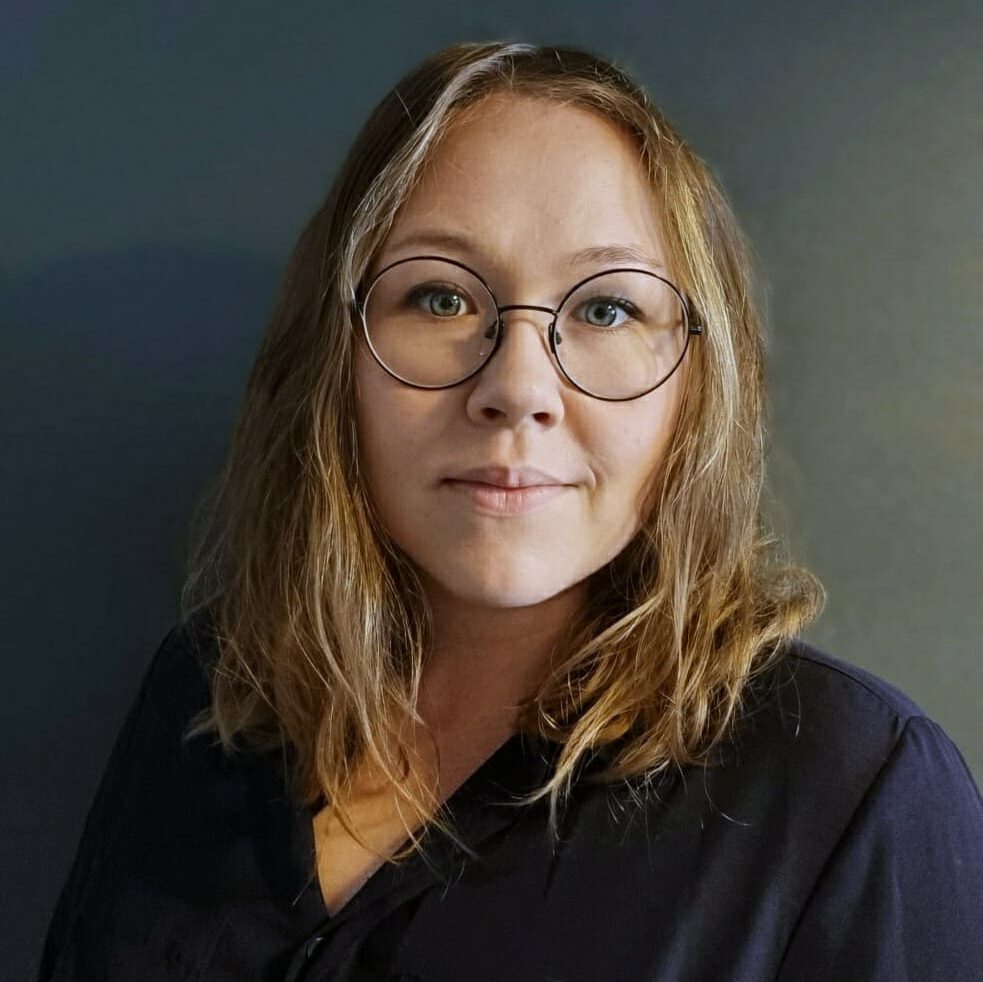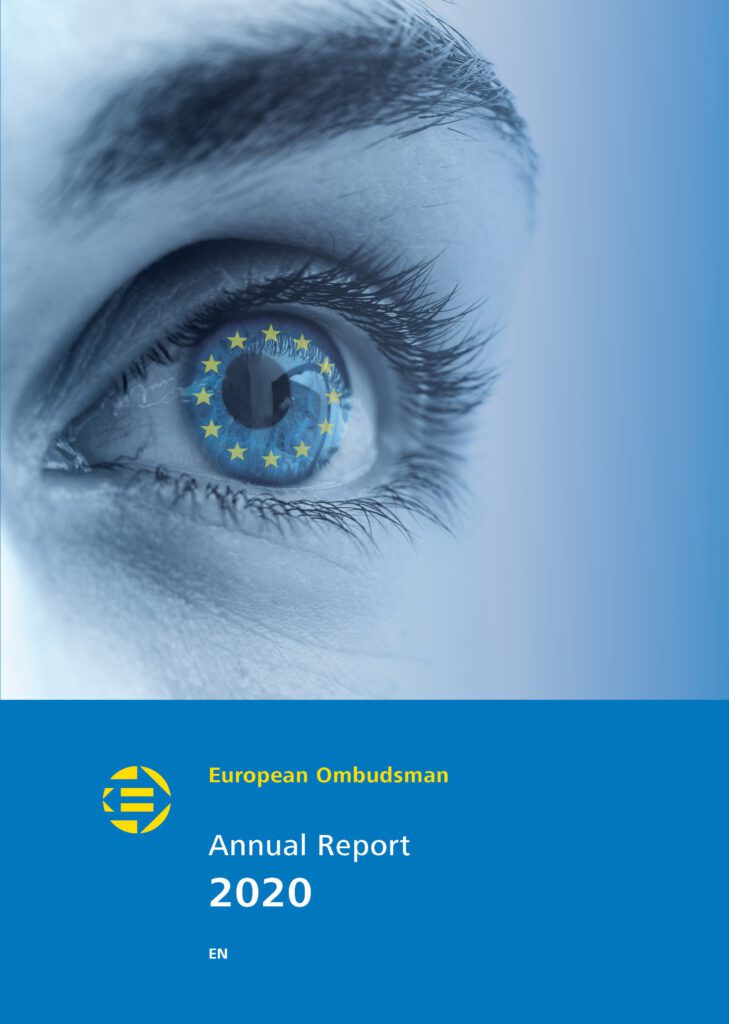Comparison of European Parliament’s and the Council’s access to documents annual reports reveals discrepancies in the information shared, Sofia Sormunen shows.

It is the time of the year again when the EU institutions annual reports on access to documents are published pursuant to Regulation 1049/2001 article 17. Well, the Council’s and European Parliament’s (EP) reports are out, but we may still need to wait for the Commission’s report for some time. The reports are from the year 2020, a year that none of us are going to forget. Unsurprisingly, we can definitely see the impact of Covid in the reports through, for instance, separate sections on how the pandemic has affected the work of the institutions. These discussions include, importantly, the Council’s ongoing derogation from its rules of procedure in order to rely systematically on the ordinary written procedure and informal video conferences. This derogation became subject of an Ombudsman own-initiative inquiry.

Council attracted considerably more interest than the EP
In general, it can be noted that there is almost eight times more interest in the Council’s public register of documents than the EP’s. A similar trend can be seen in the number of applications for documents where 442 applications were sent to the EP and about five times more, 2,321, to the Council. There is clearly a lot more interest in the documents that the Council publishes on its website than in those of the EP. The same can be said about the Council’s documents which are not published but require an access to document application.
Most of the applications were successful at least partially
When it comes to the decisions for the access to documents initial requests, both institutions get credit by granting full access in by far most cases – more than three quarters of the time (figures 1 and 2). The way the institutions report the granting of access, however, is not constant as the EP gives out the information in relation to the number of applications and the Council in relation to the number of documents. Therefore, percentages were calculated in order to conduct some comparison. Accordingly, the EP granted full access in more than 90% of the applications, and the Council in 84% of requested documents. Additionally, the EP granted partial access in 10 applications and the Council in 542 documents. This amounts to 2.3% and 4% respectively. Therefore, most of the applications were granted either fully or partially when the percentages are considered.
Council sloppier than the EP? – The EP did not revise any of its initial decisions
This still means that 29 applications in the case of the EP (~5%) and 1,586 documents in the case of the Council (~10%) were fully rejected. As mentioned, the Council publishes the information regarding the outcomes of the decisions only in relation to the documents included. It is an arbitrary way of giving out the information because some of the applications request access to ‘all documents relating to x’. There is no indication anywhere in the report on how the Council reached these numbers, nor how many times it encountered applications requesting ‘infinite’ number of documents. This does not mean that the information is useless, but that it is arbitrary, and the Council should step up to be more accurate on what and how they report the figures. It should also be noted that the EP releases this information.
In any case, there were eight confirmatory applications in relation to the EP’s initial decisions and 26 in relation to the Council’s. The low number of confirmatory applications indicates the lack of need, want or will to appeal the decision in the confirmatory application phase. Especially in the case of the Council where 1,586 documents were rejected and only 26 applications were appealed in the confirmatory application phase, some of which are appeals of initial decisions granting partial access. In the EP’s case all the confirmatory applications upheld the initial decision. In the case of the Council, again, the revision of the initial decision touched 66 documents overall. What is interesting here is that the initial decision was revised multiple times in the case of the Council, whereas the initial decision was not revised in any of the EP’s confirmatory applications.
The EP relies on exceptions closer to home when the Council claims to protect international relations
There is no aligned information given regarding the policy areas of the requests from the institutions. The Council lists the policy areas in general while the EP only informs about the policy areas of the refused or partially refused access requests. However, the exceptions under which the decisions were partially or fully refused may shed some light on the substances of the requests. In both instances, most of the refusal decisions were based on multiple grounds. Both institutions relied heavily on the protection of the decision-making process. Apart from that similarity, the EP concentrated on legal grounds closer to home such as protection of privacy, inspection, and audits as well as legal advice. It was stated in the report that the main area of interest in the refused or partially refused decisions was the expenses of members of the Parliament. On top of the protection of the decision-making process, the Council, in turn, relied on the grounds of protecting international relations and public security. The most used constant combination by the Council was the protection of the public interest as regards international relations and the Council’s decision-making process.
For what? Probably research…
The recognised and self-declared applicants’ backgrounds are very similar in both institutions. In both cases, most of the applicants were from the academia. Second most applications came from different interest groups in civil society. And thirdly from journalists. This shows how the people who are interested in the institution’s documents do not really deviate. When it comes to the declared geographical locations of the requests, these do not correlate between the institutions. Documents from the EP were mostly requested from first, Germany, second, France and third, Spain. Most request for the Council, in turn, came from Belgium, Germany and the Netherlands, respectively. The EP’s documents clearly were not at the same level of interest in the ‘heart of the EU’, Brussels, as the Council documents were.
Ombudsman staring towards the Council and only glancing the EP
When it comes to the judicial oversight, both institutions have one case pending in the Courts. The case regarding the EP concerns access to a document when the document is already public, but not due to official sources publishing it. This case is pending in the Court of Justice. The case regarding the Council is about the legality of the Council’s decision refusing to grant access to an opinion of the Council’s legal service. This case is pending in the General Court.
In the case of administrative oversight, concerning the EP, there were three cases from the Ombudsman mentioned in the report. The Ombudsman did not find maladministration in any of them. The issue areas of the cases varied from protection of privacy to presumption of lawfulness, and further to documents related to an open investigation. In all the cases, the Ombudsman agreed with the institution in question and the applicants were not successful in their claims.
1. In the Complaint 1498/2019, the applicant had requested the decision to be sent to him through online platform. The EP did not agree, because that would have meant personal data contained in the document also being published along with the decision. The Ombudsman agreed with the EP.
2. In the Complaint 63/2020, the applicant questioned the EP’s claim that they had deleted a photo of a MEP before the request to access the photo was sent. The applicant failed to rebut the presumption of lawfulness/veracity of the EP’s statement that they did not held the requested document.
3. In the Complaint 684/2020, the application concerned documents which were at the time of the request related to European Data Protection Supervisor’s inspection. When the inspection was concluded the documents were partially granted.
Regarding the Council, there were six cases from the Ombudsman mentioned in the report overall. Two of these were her own initiative cases. Regarding the remaining four, the Ombudsman found maladministration in one of them, complaint 1069/2019/MIG. It was about the Council arguing that the commercial sponsorship of the Council Presidency is not under the responsibility of the Council. The Ombudsman found the consequent inaction of guidance on the issue by the Council amounting to maladministration. The remaining three cases regarded, again, vast variety of issues, ranging from proactive publication of documents to getting a reply to a letter and further to Council’s recordkeeping from modern communication systems such as social media.
1. The Complaint 640/2019/TE concerned documents related to the adoption of the TAC Regulation. The Ombudsman addressed the Council to proactively make documents public related to the adoption of the said Regulation ‘at the time when they are circulated to the Member States or as soon as possible thereafter’. She put emphasis on documents which informed on the different positions expressed in the decision-making process.
2. The Complaint 569/2020/DDJ concerned an applicant who had not received a reply to a letter sent to the President of the European Council. There had not been any concrete questions in the letter and while the Ombudsman had this case open, additional explanation was sent to the applicant. That satisfied the Ombudsman and the case was closed.
3. The Complaint 1219/2020/MIG concerned the Council not keeping record from modern communication systems such as social media. No maladministration was found, but the Council was asked to make an effort in their document management rules in relation to these modern communication systems.
The major difference between the institutions regarding the complaints is that the Ombudsman had also two own initiative cases open about the Council when she did not have own initiative cases for the EP. The cases concern transparency of the Council during COVID-19. Therefore, this indicates that the EP has been more successful in upkeeping appropriate level of transparency during the pandemic when the Council has perhaps struggled a bit more.
Coherence in reporting still to be found – Both institutions could learn from each other…
Additionally, there is some data that one institution shares and the other does not. I offer a few examples that stand out in particular. First, the EP shares the number of applications for which it consulted the other institutions or was consulted by them. This is notably mentioned in relation to the trilogue multi-column tables. The Council does not mention these types of figures whatsoever. Secondly, the Council interestingly mentions the average working days it took for them to handle a request being 17,19. However, the average days it took for the initial requests was 17 and for confirmatory requests 34. The Council thus uses quite distorting mathematics to make its adherence to response deadlines look better. The truth is that it has not been able to meet the legally specified time limit in any of the confirmatory applications. It should be noted, however, that at least the Council publishes the information when the EP does not do so at all. Furthermore, the same is true in relation to number of ‘sensitive documents not recorded in the register’. That information is not in the EP’s report albeit explicitly demanded by the Regulation 1049/2001.
In the end, the EP’s report is much shorter than the Council’s, but it is able to convey further reaching information in multiple respects. However, there are essential aspects of information that the EP also leaves out. Yet, the Council’s inability to be precise and attempts to make some information seem better than it is shines through the comparison of the reports.
Sofia Sormunen is student in the Global Governance LLM programme at the University of Helsinki and research assistant for the TrUE project at the Eric Castrén Institute, University of Helsinki.







